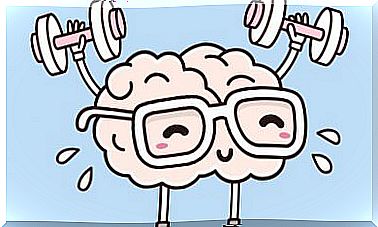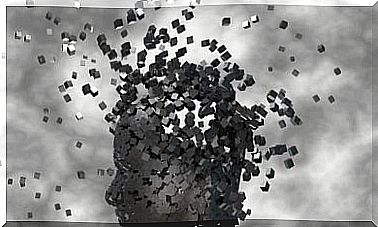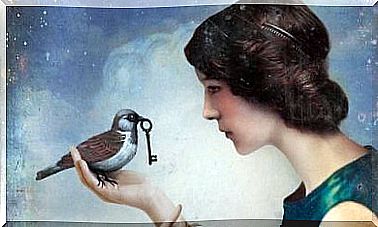Sleep Apnea In Women: Symptoms And Associated Problems
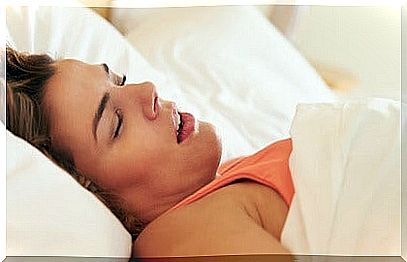
Sleep apnea in women is underdiagnosed. In fact, every time we talk about this respiratory disorder related to night rest, it is common to imagine a middle-aged or elderly man emitting the classic snoring. This image is little more than a stereotype, because reality has important differences.
To begin with, sleep apnea also appears in young people and of course, it is common in both genders; Both men and women. Furthermore, not all patients suffering from this disease snores, is therefore not an easy thing to detect first person who suffers from obstructive apnea of the dream (AOS).
Now, experts in sleeping sickness point out something important to us. We know that almost 30% of the population between the ages of 25 and 70 suffers from this condition. Likewise, it is also estimated that the diagnosis in men is 8 times more frequent than in women, but that does not mean by any means that the female gender suffers it to a lesser degree.
So what happens? What basically happens is that apnea manifests itself differently in women, in fact it is common to confuse it with other diseases. In addition, as several studies that we will analyze below point out, the effects of this respiratory disorder can be more serious in some cases than in men.
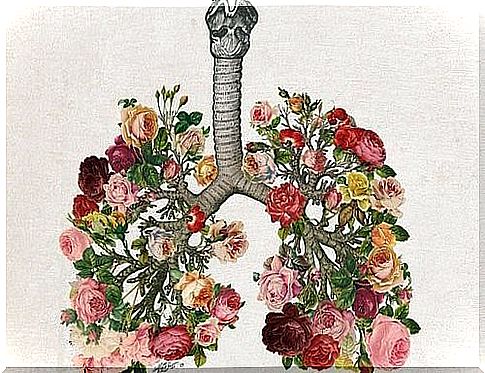
Sleep apnea in women, what are the symptoms?
Obstructive sleep apnea (OSA) is characterized by very specific symptoms. The person collapses while sleeping, that is, for a few seconds breathing is interrupted. This is due to the obstruction of the airways and the tightness in the throat muscles, which generate a clear sensation of suffocation.
In broad strokes it may seem like an easy disease to diagnose. And yet this is not always the case; not at least in the feminine gender. Sleep apnea in women and its characteristics is quite different from that of men, hence the difficulty in identifying it. Let us therefore see how this sleep and breathing disorder manifests itself in them.
- Snoring in women is lighter. On average, they do not show the sonorous sounds of the masculine gender.
- Also, apnea episodes are shorter. This means that not only the patient herself and even the couple detect this problem in many cases.
However, although respiratory problems at night in women are more subtle, the effects of apnea in women tend to be more intense:
- High fatigue and lack of energy is experienced.
- Concentration problems, memory loss.
- There are migraines, recurrent headaches, dizziness …
- Palpitations, tachycardia, choking sensation.
- Restless leg syndrome appears.
- On the other hand, as revealed in a study carried out at the University of Sydney, Australia, by Dr. Alison Simms, apnea in women is associated with mood disorders. These sleep and breathing problems can often lead to anxiety and depression.
In this way, when a woman goes to the doctor, it is common for the treatment she receives to be oriented towards these dimensions mentioned, but not towards their trigger: sleep apnea.

What factors influence the appearance of apnea in women?
There are many factors that can influence the appearance of sleep apnea in women. On average, they are usually the following:
- Obesity, as well as metabolic syndrome (excess weight, insulin resistance, sedentary lifestyle, etc.)
- Hypertension.
- L as pregnant women are also at risk of apnea suffer from sleep. The growing uterus causes the diaphragm to rise, thus slightly changing lung mechanics.
- Between 55 and 70 years the appearance of this problem is very common, coinciding with postmenopause.
- Also, suffering from polycystic ovary syndrome is associated in many cases with sleep apnea.
Sleep apnea in young women and the risk of a stroke
In recent years, studies on sleep distress in women have been increasing: a positive figure. It is in the first place because with this, doctors are more aware of this reality when a woman comes to the office with problems of exhaustion, mood swings and headaches. Bearing in mind that obstructive sleep apnea may be behind these symptoms is decisive.
On the other hand, we are increasingly aware of the consequences that untreated apnea can have for the female gender. An example, the Spanish Society of Pulmonology and Thoracic Surgery conducted a study in 2014 to demonstrate the relationship between sleep apnea and strokes in young women.
Therefore, it is vital to go to a pulmonologist who specializes in sleep disorders to perform a series of diagnostic tests for this disease. Likewise, it should be noted that treatments with continuous positive airway pressure (CPAP) masks are very suitable ; In addition to improving quality of life, they reduce the risk of stroke and cardiovascular problems. To conclude, let’s take this information into account and calibrate the importance of having a good night’s sleep and consulting with our doctors about any problem or discomfort.



